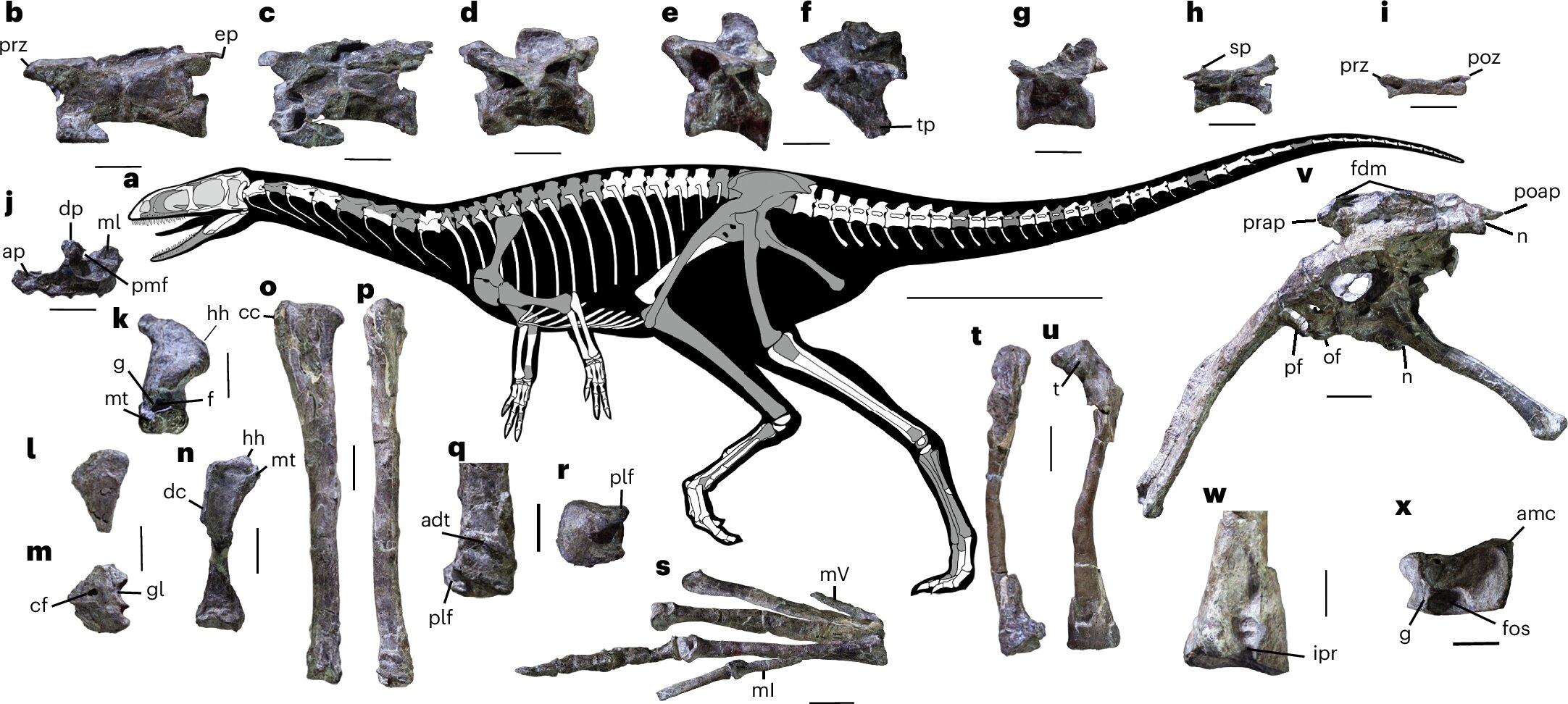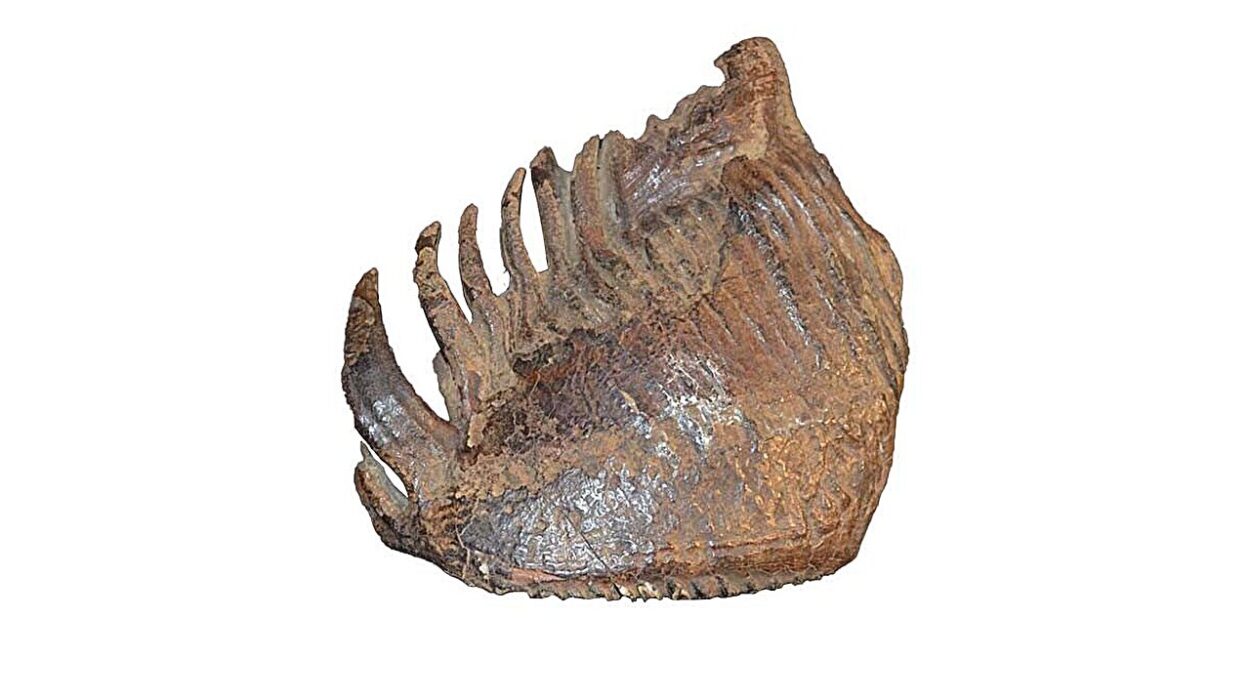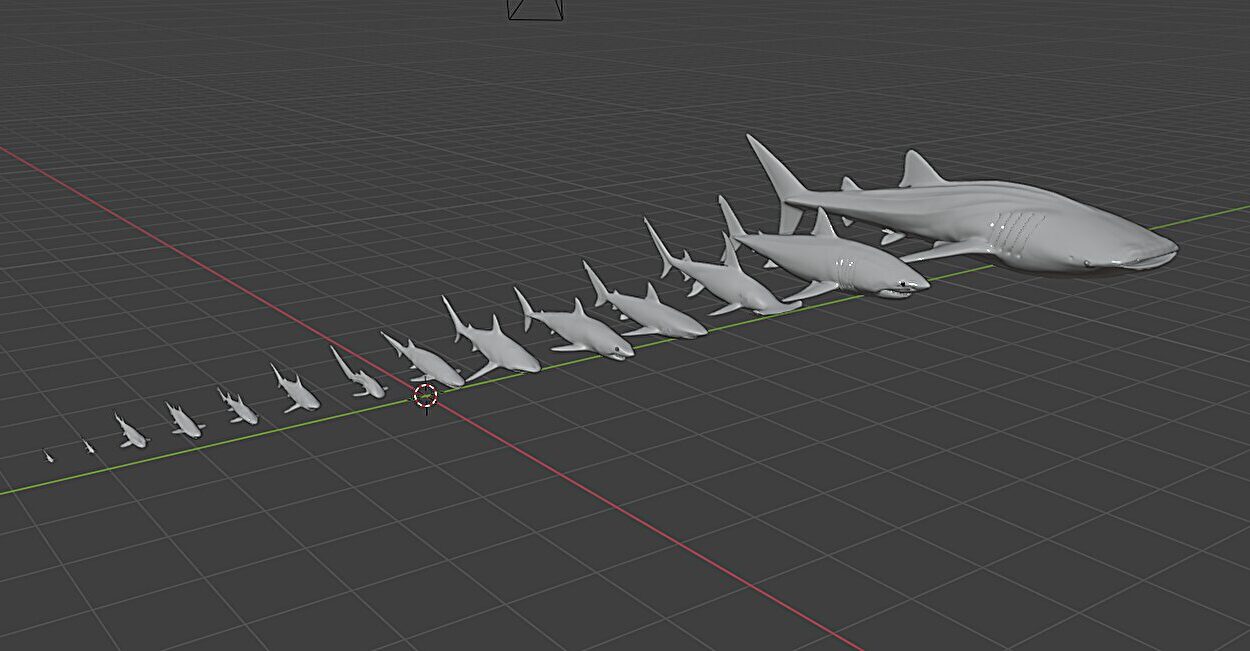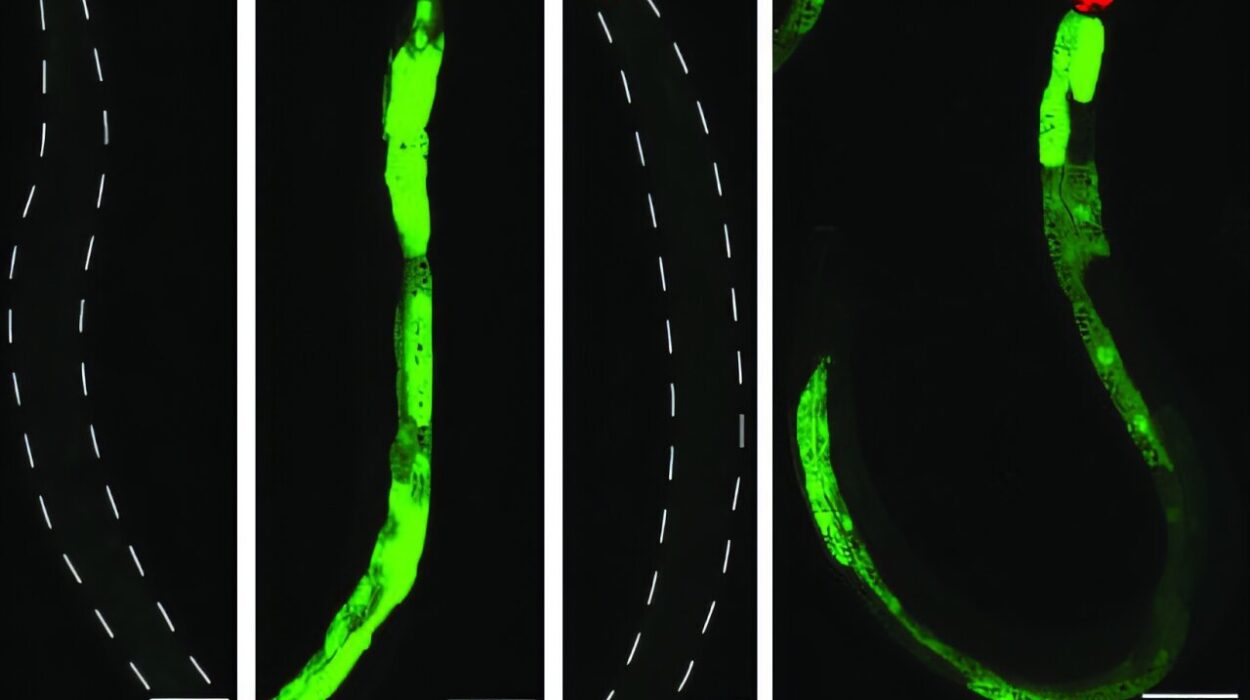For more than a century, paleontologists pictured the earliest dinosaurs as few, simple, and primitive — a tentative beginning before dinosaurs blossomed into their familiar Jurassic and Cretaceous glory. A new fossil skeleton from northwestern Argentina now forces a rewiring of that mental timeline. It reveals that the earliest radiation of dinosaurs was not only earlier than expected, but also more anatomically diverse than anyone had assumed. It shows that complexity did not wait for the Jurassic; it was already seeded in the Carnian, some 231 million years ago.
The animal responsible for this jolt to the narrative is small. Its bones — partial skull and postcranial elements — belong to a slender predator no larger than a medium dog. Yet its anatomy is bold in implication. Described under the name Anteavis crurilongus, it carries features long believed to arise much later in neotheropods, the line that would eventually give rise to giants like Allosaurus and birds themselves. That such traits appear so far down in time implies that dinosaur innovation was not gradual and linear, but early, fast, and plural.
The name communicates the point. Ante — “before” — and avis — “bird” — declares its place as an ancestral form in the birdward branch of the dinosaur tree. Crurilongus — “long leg” — signals its unusually lengthened lower limb. With a tibia longer than its thigh bone and a stretched metatarsus, Anteavis was built to run, to pivot, to pursue. The head, reconstructed from preserved cranial margins, would have been a low, streamlined wedge with teeth restricted to the lateral jaw rims — a face made not to crush but to slice.
An Unexpected Animal in an Unexpected Moment
Its bones come from rocks of the lower Cancha de Bochas Member in the Ischigualasto Formation of San Juan Province, a setting that has long anchored our reconstruction of early dinosaur evolution. Crucially, these rocks fall in the late Carnian, soon after the Carnian Pluvial Episode — a climatic swing that drenched much of Pangaea before drying again. Most famous fossil quarries either capture the wet Carnian world or the later Norian world but not the in-between. The Argentine strata are rare in crossing that boundary, creating one of the few windows continuous enough to watch ecosystems transition rather than merely compare before-and-after snapshots.
What the window shows is a pulse. As conditions shifted from humid to more semi-arid, small dinosaurs, including fast carnivores like Anteavis, appear in greater anatomical variety than expected. Then, as climate swung again toward humidity, the dinosaur record in the region collapses into absence. For roughly fifteen million years the rocks fall silent, only for dinosaurs to return in force in the middle Norian — this time larger, more abundant, and on the path toward their Mesozoic imperial phase.
That rise-fall-rise pattern suggests not a smooth takeover but a punctuated one — initial diversification, climate-forced reduction, and then resurgence.
A Database Bone by Bone
The Nature Ecology & Evolution study behind the discovery does not rest on intuition. Stratigraphy anchored the fossil precisely in time; comparative anatomy documented its departures from and overlaps with early theropod forms; bone microstructure revealed growth pattern and maturity stage; and a broad phylogenetic analysis placed Anteavis securely near the base of Theropoda while carrying forward-leaning traits once reserved for later branches. In other words, the animal is not an out-of-context curiosity but a datagram embedded in a dated rock, interpreted through multiple independent lines of evidence.
By sitting where it sits — early in time, late in features — Anteavis widens the narrative space of the first dinosaur radiation. It tells us that the stem was already flowering with forms that foreshadowed what would later dominate.
Rewriting the Emotional Map of the Beginning
The impact of this fossil is not only technical. It bends the emotional storyline of dinosaur origins. The beginning is not a timid trickle of simple forms slowly composing the innovations that would define dinosaurs. It is instead a bright initial spread — an early act in which bodies already experimented with speed-forward limb proportions, lightweight hips engineered for stride efficiency, and cranial streamlining built for active predation.
Then climate — not competition, not destiny — scythed that diversity down before the survivors later surged back into evolutionary opportunity. The first dinosaurs were not late bloomers; they were early climbers knocked back by weather, not by shortage of inherent potential.
A More Crowded and Dynamic Dawn
By joining the record at exactly the right stratigraphic tier, Anteavis crurilongus makes the base of the dinosaur tree look less like a thin trunk and more like a shock of branching stems, some clipped by climate and some destined to shoot upward. It shows that southwestern Pangaea — what is now Argentina — was not a quiet corner but a live laboratory of rapid dinosaur experimentation.
A small runner from a dry Triassic plain has thus redrafted the opening scene of one of Earth’s most famous evolutionary stories. Before the age of giants, before the thunder of sauropod feet and the shadow of tyrannosaurs, the blueprint for bipedal speed, lightness, and predatory design had already entered the world — then nearly vanished — before returning to claim deep time.
More information: Ricardo N. Martínez et al, A Carnian theropod with unexpectedly derived features during the first dinosaur radiation, Nature Ecology & Evolution (2025). DOI: 10.1038/s41559-025-02868-4






